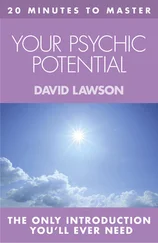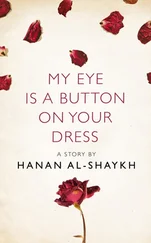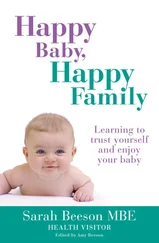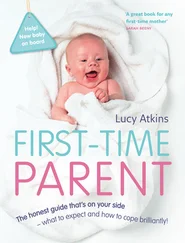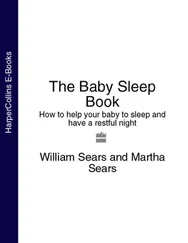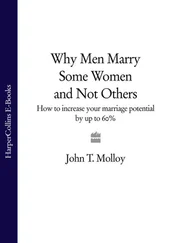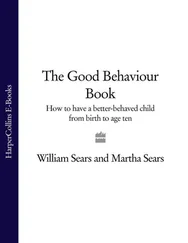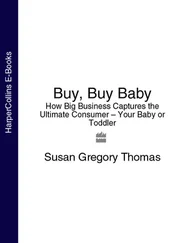This activity develops
visual stimulation
early awareness of light and darkness
awareness of reflection of light
How does your baby respond to light?At birth a baby is sensitive to light, to shiny and moving objects, and will usually respond by turning his head to follow the stimulus. The baby’s eyes may appear to be out of focus. However, there is no need for concern. Open the blinds, draw the curtains or let in light from a window. Notice if your baby’s head turns to the light. Close the blinds or curtains and turn on a lamp on the other side of the room, or use a torch. Avoid shining the light in the baby’s eyes. Let the light shine on the wall. Notice if your baby’s head turns toward the direction of the light.You are making your baby aware of left and right, and at the same time you are teaching your baby to react to a light stimulus.You are teaching him to move his head from side to side for a purpose.You will also note that your baby learns to recognise and respond to his mother’s voice at a very early age.
Repeat the above activities from time to time throughout the week. Being consistent with your interaction with your baby may help to prevent a learning lag.
Repeat all of the activities that were suggested in week 1. Babies learn best at this age by rote learning. That is, you repeat the same activities over and over. Gradually the baby will learn by other means.
Remember to talk, sing, hum or play music. Babies need this auditory stimulus.
Moving an Object
This activity develops
early awareness of moving objects (visual stimulation)
awareness of tactile perception
auditory stimulation
Observe your baby’s eye responses.Does the baby fix his eyes on you? Hold a rattle or other object in front of the baby’s line of vision. Does the baby look at it? Move the rattle from left to right. Do the baby’s eyes follow from left to right?
If your baby’s eyes do not react to the stationary or moving rattle, do not be concerned. Infants do not develop at the same rate in all areas. However, be sure to repeat this activity many times throughout the days and weeks to come, and observe the baby’s reactions. This is the beginning of left-to-right eye movement training. This is a prerequisite for reading.
Repeat the exercises suggested in week 1. Touch and move the head from side to side gently. Touch and move the left and right arms. Place the palms of the hands together. Touch and move the left and right legs. Touch and move the left and right feet. Also repeat the eye/light exercises from week 2 and remember to talk, sing, hum or play soft music.
Make a Cradle Gym
This activity develops
parental bonding
awareness of moving objects (visual stimulation)
awareness of the bell sound (auditory stimulation)
Cut a piece of one centimetre-wide elasticabout 10-20 centimetres longer than the width of the baby’s cot. Tie three knots loosely in the elastic, approximately 10 to 15 centimetres apart, before tying each end to either side of the top rail of the cot. Cut and slip three shorter pieces of one centimetre elastic through the loose knots. Loosely tie two of the short pieces and retain these for later use. Tie a coloured cotton reel (or colour one with a red felt marker) securely to the other loose knot. Pull the elastic and tighten the knot. The cotton reel and the other two objects that will be attached should hang low enough so that the baby will be able to reach them when he is ready.
The first day, try to interest the baby by moving the cotton reel back and forth. Observe the baby’s eyes. Does he watch the cotton reel swing? Does the baby attempt to grasp the cotton reel? Does your baby smile? Talk to your baby while you interact with him.
The second day, attach a plastic lid that has been covered with shiny household aluminium foil securely to the knot beside the cotton reel. Follow the same procedure for the lid as was done with the cotton reel. Observe the baby’s reaction. Then move both the cotton reel and the lid back and forth. Observe to see if the baby responds in any way.
The next day, attach a large jingle bell or rattle securely to the third loose knot. Move the bell to make a sound. Observe the baby’s reaction. Does the baby attempt to touch the object that makes a sound?
For the remainder of the week and later, repeat the procedure with the reel, lid and bell. The baby will soon discover that the cotton reel and lid make no sound when moved, whereas the bell makes a sound. This activity may serve to entertain the baby briefly at various times.
Observe your baby and become aware of any changes in his responses or movements. Have your baby’s arms and legs straightened out? Does he turn his head more easily? Does he lift his head slightly? Does the baby follow a moving object? Does he tend to turn his head when you move throughout the room? Does the baby’s whole body seem to lean in the direction that you move, the direction of light or sound?
Repeat all of the activities that have been suggested. Remember to begin on the left when moving the body parts so that body laterality continues to be established. Also continue to move the baby’s entire body gently from left to right at various times to reinforce this. It is also important to repeat the light and eye exercises and to talk, sing, hum or play music to keep the baby’s senses keen.
During the first month of life, a baby is adjusting to his new environment. The key point is the baby’s sense of touch, which needs much stimulation. The beginning activities deal with touch in relation to body parts. The light and sound activities initiate the stimulation of the eyes and ears.
At various times, all of the first week’s activities should be repeated to reinforce the baby’s awareness of his whole body, body parts, left and right laterality, as well as his sensitivity to light and sound.
Periodically, you should move your baby from his stomach position onto his back. Also, alternate positions by laying the baby at the head and foot of the bassinet or cot. This further stimulates the baby’s sensitivity to his new environment.
Mirror and Pendulum
These activities develop
a baby’s awareness of his own image
beginning listening skills
a baby’s interest in making sounds by watching
visual stimulation
an awareness of movement initiating a response
Use a mirror (preferably non-breakable)or hold the baby close enough to look at himself in a large mirror. Does the baby smile or coo? If he does, smile or coo back. Talk to the baby and call him by his name as you both look in the mirror. Does the baby reach out for the image in the mirror? Use an expressive voice when you talk to your baby.
Prop the baby up in an infant seat or chair. Be sure to support the baby’s head with an infant collar or rolled blanket. Hang a cotton reel, funny face drawn on a paper plate, or any safe object, from a string or use a piece of one centimetre-wide elastic that is attached to the top of a door, doorway, ceiling fan or something high. This must be in clear view of the baby’s eyes.
Push the object on the string so that it swings back and forth like a pendulum. Try to encourage the baby to watch it move back and forth.
Repeat some of the first week’s activities.You may be tired of them, but a baby needs much repetition for awareness and association.
The cradle gym used in the week 4 activity can be hung across a play pen. The pendulum can also be hung above the play pen or cot. These activities should serve to interest the baby for brief periods of time. However, do not offer both activities at one time. The baby needs only one activity at a time to avoid over-stimulation and confusion.
Читать дальше




